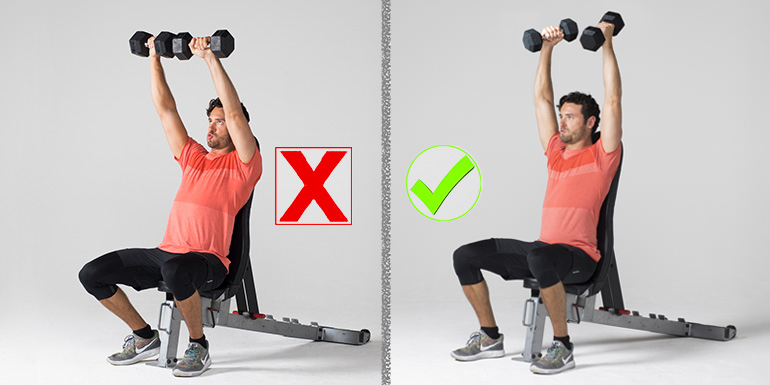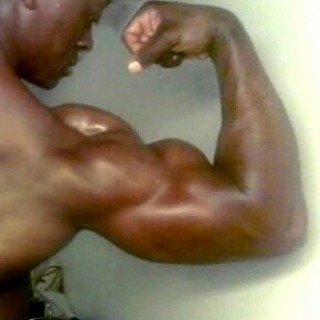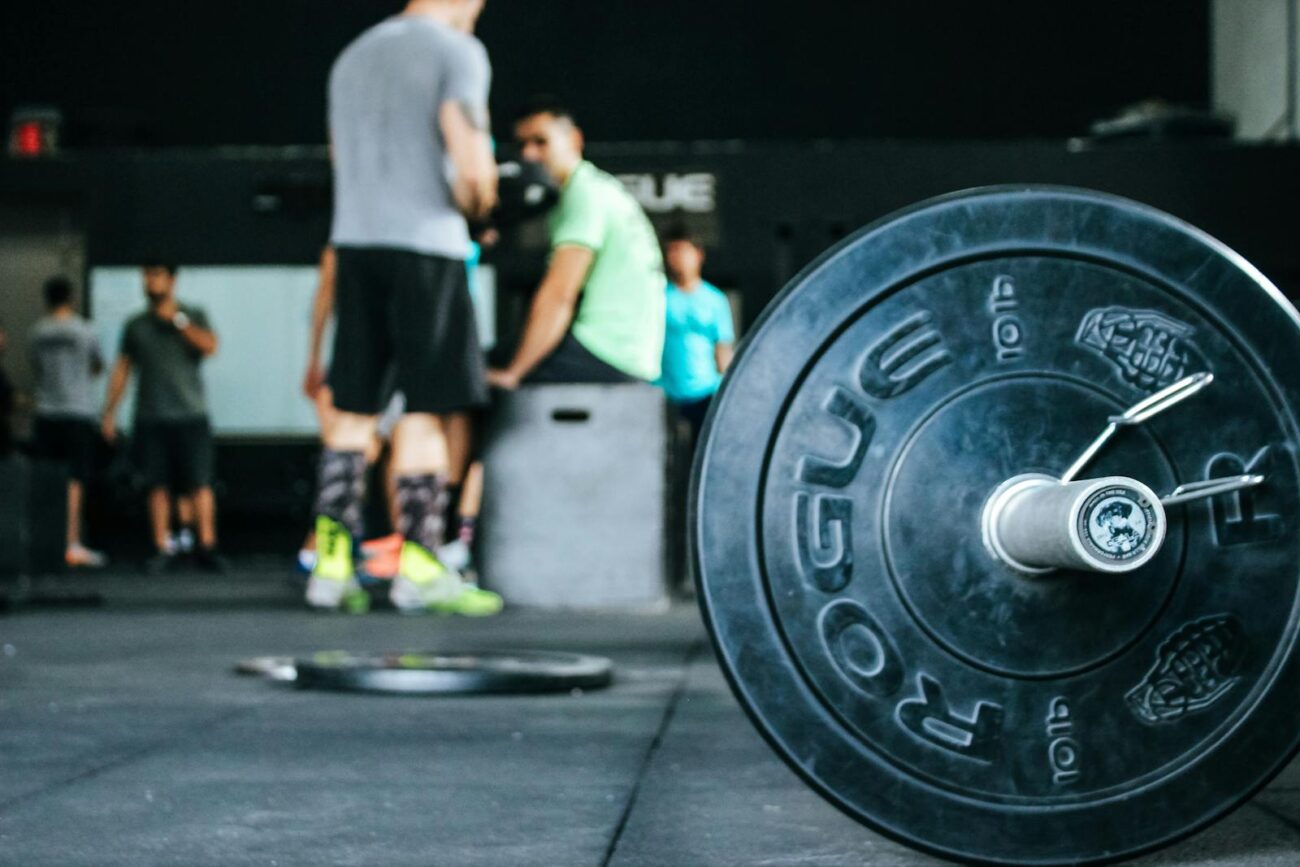
After over 10 years of lifting naturally, I’ve made plenty of progress — but I’ve also made a lot of mistakes, especially in the beginning. In my first year, I misunderstood how training, recovery, and nutrition actually worked. I pushed too hard, focused on the wrong things, and followed bad advice.
If you’re starting out, here are 10 mistakes I made that I hope you can avoid.
1. Training Too Much, Too Often
I trained every single day, sometimes even twice a day, thinking more training would lead to faster results. The truth is, muscle growth happens during rest, not just during the workout.
Training too often without allowing for proper recovery led to constant soreness, fatigue, and eventually stagnation. A balanced program with 3–5 quality sessions per week would have delivered far better results.

2. Using Very High Repetitions and Volume Without Structure
I thought doing high-rep sets with lots of volume would help build muscle and burn fat at the same time. I’d perform 15–20 reps for 5–6 sets of every exercise, without considering intensity or purpose.
This approach didn’t lead to better gains — just fatigue and wasted effort. I wasn’t training close to failure or applying progressive overload. A more effective structure with moderate reps (5-8–12), controlled effort, and proper tracking would have made a big difference.

3. Believing It Was All About Eating More
I followed the common advice to “eat big to get big” and massively increased my food intake, especially carbohydrates. I assumed more food meant more muscle — but I ended up gaining a lot of unnecessary body fat and constantly felt bloated.
Eating more can help with muscle growth, but it needs to be done strategically, with an emphasis on protein, nutrient-dense foods, and a moderate surplus — not just high-calorie foods with no regard for digestion or body composition.

4. Lack of Exercise Variety
I repeated the same exercises every week — bench press, curls, rows, and squats — with very little variation. I didn’t understand how different angles, equipment, and movement patterns target muscles in different ways.
This lack of variety led to limited muscle development and early plateaus. Over time, I learned to introduce variation strategically, using cables, machines, and different grips or ranges of motion to challenge the muscles more effectively.

5. Poor Form
I didn’t focus on form. I used momentum to move weights, shortened the range of motion, and let my ego dictate how much weight I used. I didn’t understand how to properly execute the lifts I was doing.
Improving my technique later on resulted in much better results. Controlled, full-range movements with proper form produce more tension and safer, more consistent progress.

6. Ego Lifting
I increased weights on the bar even when I wasn’t ready. My focus was on the number, not the quality of the lift. This approach stalled progress and increased the risk of injury.
Strength progression is important, but not at the cost of form. True strength comes from moving weight correctly, not just moving more weight.
7. Doing Too Much Cardio for Fat Loss
I assumed that the more cardio I did, the leaner I’d get. I added long cardio sessions on top of my lifting routine, thinking it would help me get shredded.
Instead, it negatively affected my recovery, and I still didn’t lose fat — because I wasn’t controlling my diet. Fat loss is primarily driven by nutrition, not excessive cardio. Today, I use moderate cardio to support overall health and conditioning, not as a primary fat-loss tool.

8. Only Doing Squats for Legs
I believed squats were the only leg exercise I needed. I ignored other movements like lunges, Romanian deadlifts, leg presses, and isolation exercises.
As a result, my leg development was imbalanced. Squats are valuable, but they don’t target all muscle groups equally. A complete leg program requires more than one movement pattern.

9. Avoiding Machines
I thought machines were less effective than free weights and avoided them entirely. I believed only compound barbell lifts built real muscle.
That was a mistake. Machines allow better isolation, safer training at higher intensities, and help reduce stress on joints. Using machines alongside free weights leads to better overall development and injury prevention.

10. Training Without a Program
I trained based on how I felt that day, picking exercises I thought would be good without any real structure or purpose. There was no program or plan — just random workouts.
I didn’t have a training split, and I certainly didn’t track my progress. As a result, I never knew whether I was improving or stagnating. My strength gains plateaued, and I was constantly guessing. It wasn’t until I started following a structured program, with clear progression and tracking, that I noticed real changes.
Having a consistent plan, progressive overload, and logging workouts became the foundation for my progress and success.

Summary
Your first year of lifting sets the foundation for everything that follows. I made almost every mistake possible — from overtraining and poor nutrition to ignoring recovery and proper structure.
After 10+ years of lifting naturally, I can confidently say that progress comes from consistency, smart training, and avoiding common pitfalls early on. If you stay focused, learn from others’ experiences, and commit to the basics, your results will come — without wasting years fixing avoidable mistakes.

